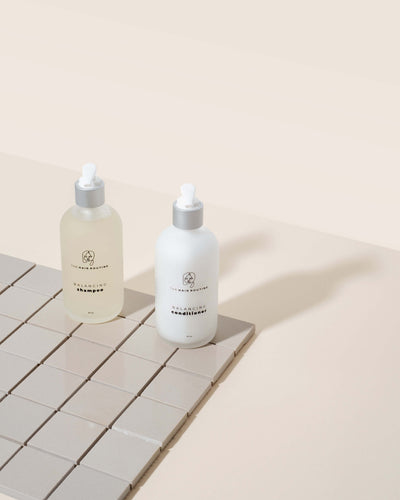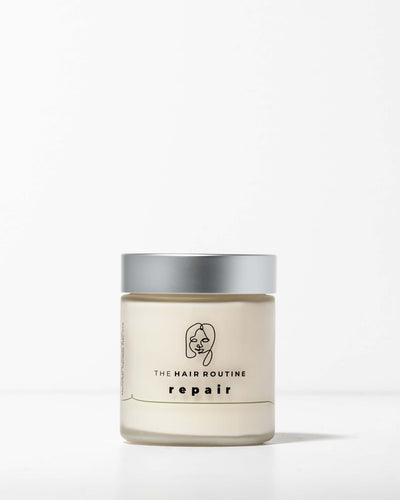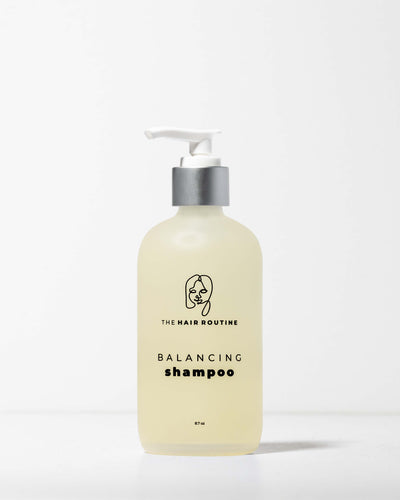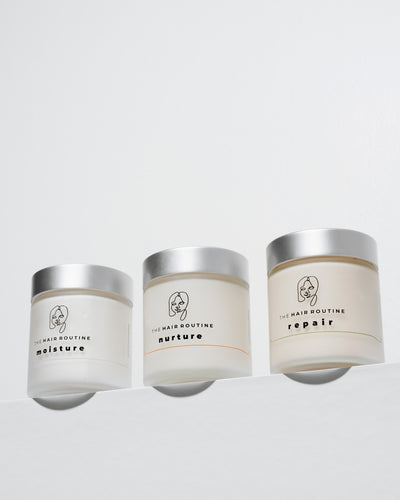What is Dandruff and How to Treat it?
Let’s Talk About Dandruff
Dandruff is one of the most common hair problems and possibly one of the most challenging to treat.
What causes Dandruff?
The first thing to understand is that dandruff is a symptom and not a condition. It is wrongly named as an infection or a skin disease, but it is just the popular name for flakes on the scalp. Simply, having dandruff means having shedding skin particles, end of the story. Anybody can get a flaky scalp, but the conditions might be different: psoriasis, eczema, or dermatitis. One can even produce dandruff (again, skin flakes) from a sunburn. The most common condition where dandruff is a present symptom is Seborrheic Dermatitis.
What is Seborrheic Dermatitis?
It’s a chronic condition, which means it can come and go, and it needs to be treated properly. An irritation of the skin is caused by the excessive secretion of natural oil. This natural oil, called sebum, oxides and becomes irritating to the skin, leading to the increase of Malassezia, a fungus that is part of the skin and lives there without causing any damage. It has a special affinity to sebum and when there’s an overproduction, it causes inflammation and dermatitis seborreica. This reaction can also occur on eyebrows and around the nose area. Unfortunately, the underlying reasons for this condition are still unknown. But don’t get the wrong idea, dandruff is not caused by a lack of hygiene. Researchers suggest that hormonal changes, stress, and even a poor diet can cause your antibodies to get a reaction to this fungus.

How to identify Seborrheic Dermatitis from other scalp issues ?
- Excess oil production.
- White or yellowish skin flakes attached to the hair follicles.
- Scalp may appear irritated and get itchy.
- Dandruff flakes are bigger than just some powdery skin shedding.
How to treat it?
There are some over the counter remedies that have active ingredients that help remove dandruff: ketoconazole, zinc, ciclopirox, salicylic acid, selenium sulfide, coal tar, and others. Before you decide to use any of these ingredients, we highly recommend getting advice from a dermatologist as most of these can be irritating and even have high toxicity. Wash your hair daily so that the fungus has no oil to feed on until you see positive results. Attention! If you opt for a medicinal shampoo or treatment, read the instructions carefully. Massage your scalp exclusively and leave the shampoo to react for at least 5 minutes while avoiding the strands to not overdry the rest of the hair.
A natural way to treat Seborrheic Dermatitis:
Natural products with anti-microbial, anti-inflammatory, and antiseptic properties are great for treating this skin condition. Some good examples include products with lemongrass and tea tree essential oils. To prevent scalp infections, you can mix a few drops of any of these essential oils with your shampoo and massage the scalp, letting the product sit for a few minutes before rinsing it out.
Our Repair Treatment has lemongrass oil and the Balancing Shampoo and Conditioner both contain tea tree and eucalyptus oil that have antibacterial, anti-infectious, antiviral, and antiseptic properties; they help stimulate scalp circulation, promote hair growth, and help clear dandruff from your hair.
Don't run out of product ever again. Subscribe and get 15% off The Hair Routine products.






